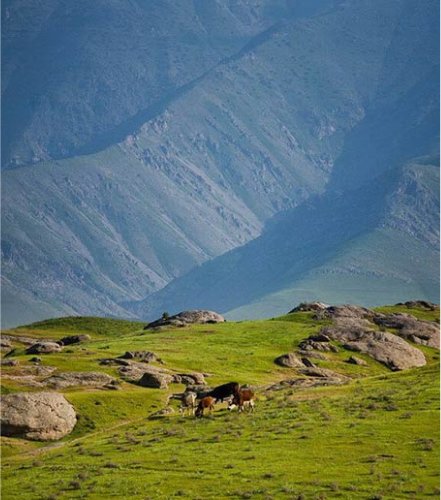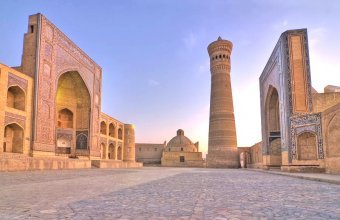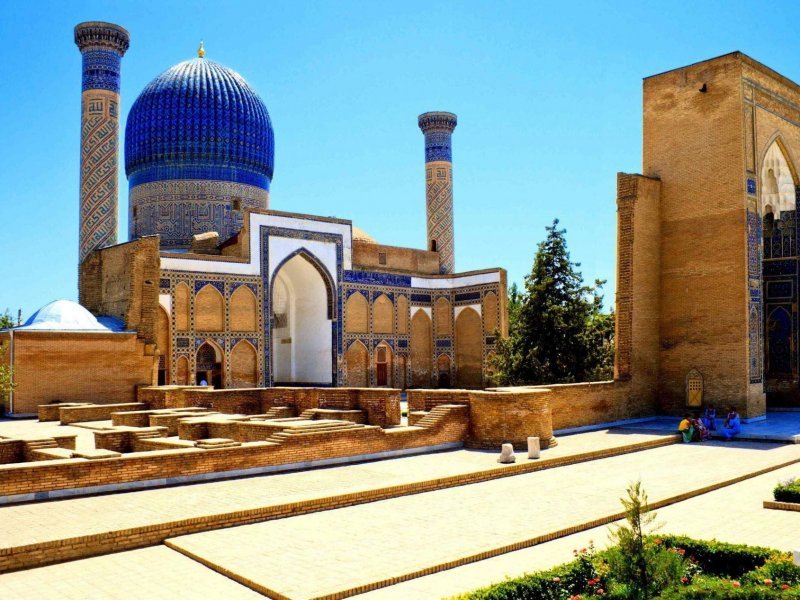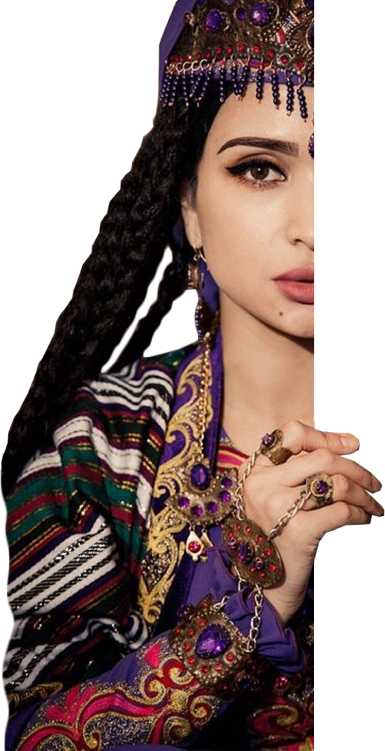Uzbekistan
Tours in Uzbekistan
In the first collection, we cover the ancient period with an emphasis on non -decayed religions and intercultural interaction on the Silk Road. During this period, the land of Uzbekistan was today called Sogdiana, by the name of the famous Sogdian merchants. In the first choice, we illuminate the ancient period, paying special attention to non -Western religions and intercultural interaction along the silk path. During this period, the Earth, which today is Uzbekistan, was called Sogdiana, named after the famous Sogdian merchants.

In the first collection, we cover the ancient period with an emphasis on non -decayed religions and intercultural interaction on the Silk Road. During this period, the land of Uzbekistan was today called Sogdiana, by the name of the famous Sogdian merchants. In the first choice, we illuminate the ancient period, paying special attention to non -Western religions and intercultural interaction along the silk path. During this period, the Earth, which today is Uzbekistan, was called Sogdiana, named after the famous Sogdian merchants.
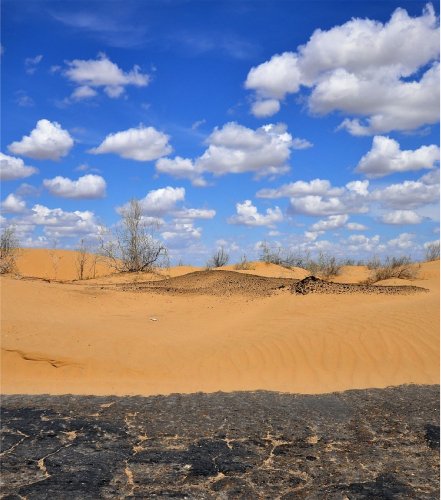
In the first collection, we cover the ancient period with an emphasis on non -decayed religions and intercultural interaction on the Silk Road. During this period, the land of Uzbekistan was today called Sogdiana, by the name of the famous Sogdian merchants. In the first choice, we illuminate the ancient period, paying special attention to non -Western religions and intercultural interaction along the silk path. During this period, the Earth, which today is Uzbekistan, was called Sogdiana, named after the famous Sogdian merchants.
